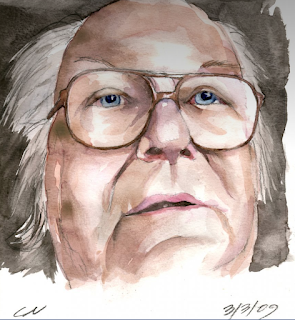 |
| Victoria Square, Birmingham, UK. |
In May, I went to Birmingham, an example of the remarkable impact the long boom of the Victorian era had on English commercial cities. Birmingham is the next largest city after London. It's a city, not a metropolis, with many universities and a real cultural life.
 |
| One of the canals that runs through central Birmingham. |
I read somewhere recently that Birmingham is considered one of England's uglier cities. I didn't find it so. Of course, it has some dreadful postwar buildings, but the city center has much to recommend it, including an art museum with a good collection of art and artifacts and a photography gallery that artfully reuses an existing Victorian building. The heart of the city is compact and walkable, with a good mix of uses and amenities.
 |
| Birmingham's Ikon Gallery. |
During my travels, I thought about what lessons, if any, Berkeley could learn from the cities I visited. (They also included Bergen and Oslo, Norway and Leeds, York, and London, England.) In the case of Birmingham, the lesson might be to take the public realm more seriously - invest in it; to make the most of older buildings of distinction; and to ensure that new additions to the city are worthy to live among (not dominate) the best of the existing fabric. Birmingham does this inconsistently, but when it works, so does the city. Here are a few examples:
 |
| A walkway joining old and new buildings. There's a restaurant with a terrace on the left where I had dinner. |
 |
| A typical row of shops, with bollards, landscaping, and a good scale. |
 |
| A good art museum right in the center of town. |








It is nice to see the city where I live from the perspective of a visitor.
ReplyDelete